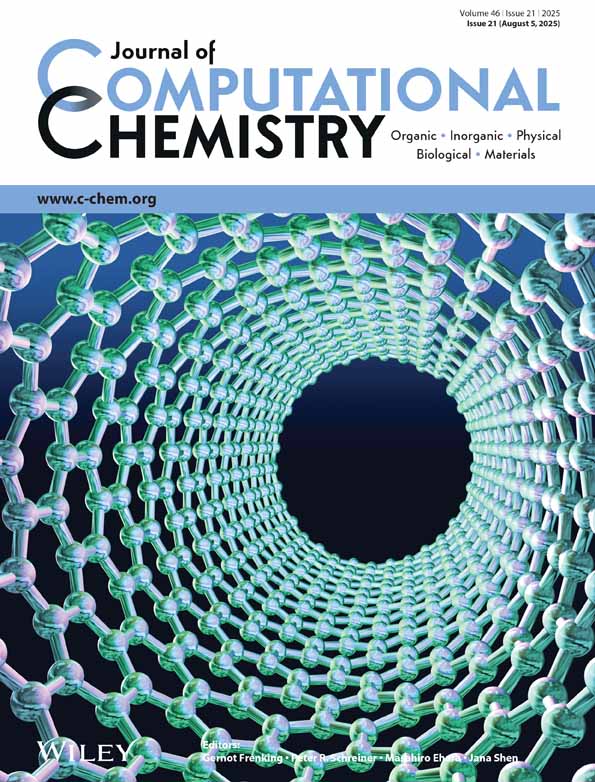Ab initio crystal structure predictions for flexible hydrogen-bonded molecules. Part III. Effect of lattice vibrations
Abstract
In crystal structure predictions possible structures are usually ranked according to static energy. Here, this criterion has been replaced by the free energy at any temperature. The effects of harmonic lattice vibrations were found by standard lattice-dynamical calculations, including a rough estimate of the effects of thermal expansion. The procedure was tested on glycol and glycerol, for which accurate static energies had been obtained previously (Part II of this series). It was found that entropy and zero-point energy give the largest contribution to free energy differences between hypothetical crystal structures, adding up to about 3 kJ/mol for the structures with lowest energy. The temperature-dependent contribution to the energy and the effects of thermal expansion showed less variation among the structures. The overall accuracy in relative energies was estimated to be a few kJ/mol. The experimental crystal structure for glycol corresponded to the global free energy minimum, whereas for glycerol it ranked second at 1 kJ/mol. © 2001 John Wiley & Sons, Inc. J Comput Chem 22: 816–826, 2001




